On a small handling circuit that’s slick with moisture, an adapted Audi RS3 sits silently in front of a small group of onlookers. Without warning, the wheels on the right side of the car begin spinning backwards while those on the left side spin forwards.
As the air is filled with a manic, high-pitched whine that’s unlike any sound an RS3 has made before, the car rotates about itself like a record on a turntable. In just a couple of seconds, it spins around four times without travelling so much as a single metre, and with no steering angle whatsoever. Welcome to the very new and equally intriguing world of all-wheel torque vectoring.
I have seen the future of the donut (four-wheel type...). pic.twitter.com/6JB2HK15kx
— Dan Prosser (@TheDanProsser) November 14, 2018
What started out as an RS3 TCR racer (a sort of spec-formula touring car) has been converted by automotive technology giant Schaeffler, Audi’s partner in Formula E, to be fully electric. "This car exists for two reasons," says electronics engineer Gregor Gruber. "The first is to be a test-bed and a demonstrator for our all-wheel torque vectoring capabilities. There is clearly no practical application for a technology that makes a car spin on the spot, but when you realise that all-wheel torque vectoring is so powerful it can make a car do exactly that, you begin to understand how much it can change the behaviour of the car in normal driving.

"The second reason this car exists is to showcase technology transfer from Formula E to something that’s more like a road car. The four motors and inverters are lifted directly from our Formula E car."

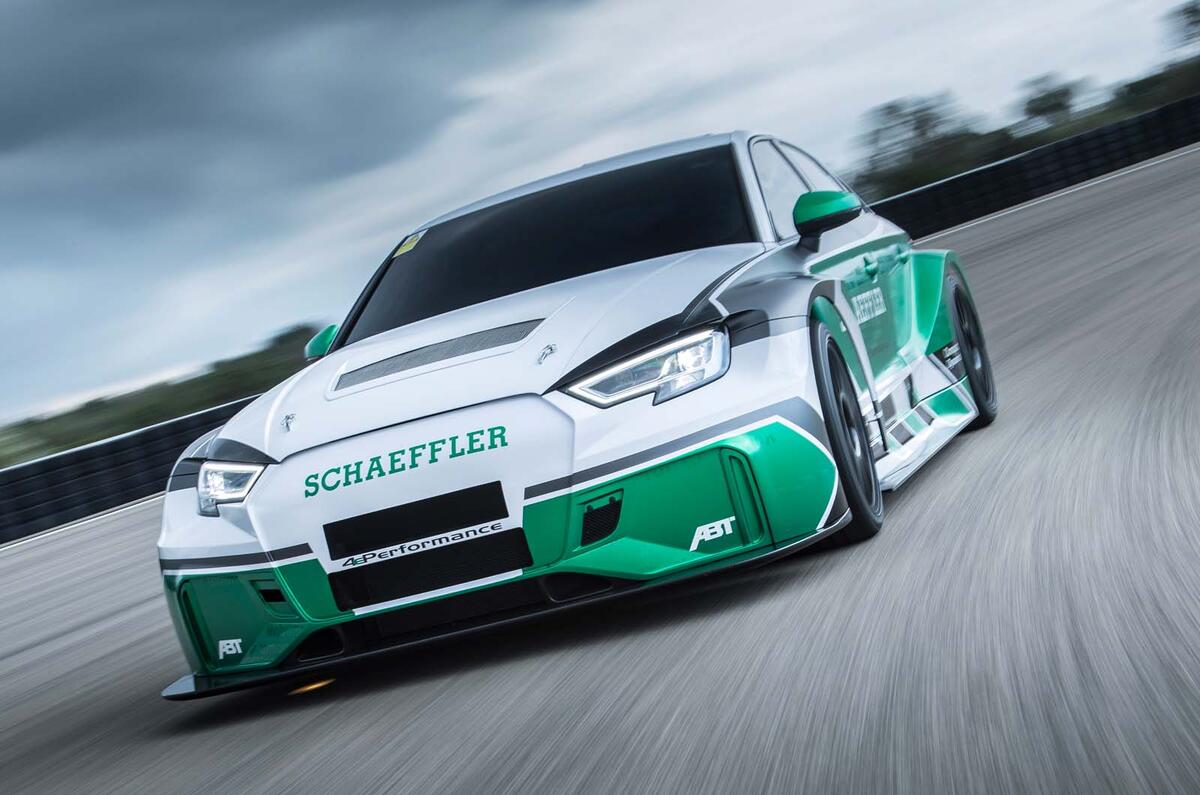
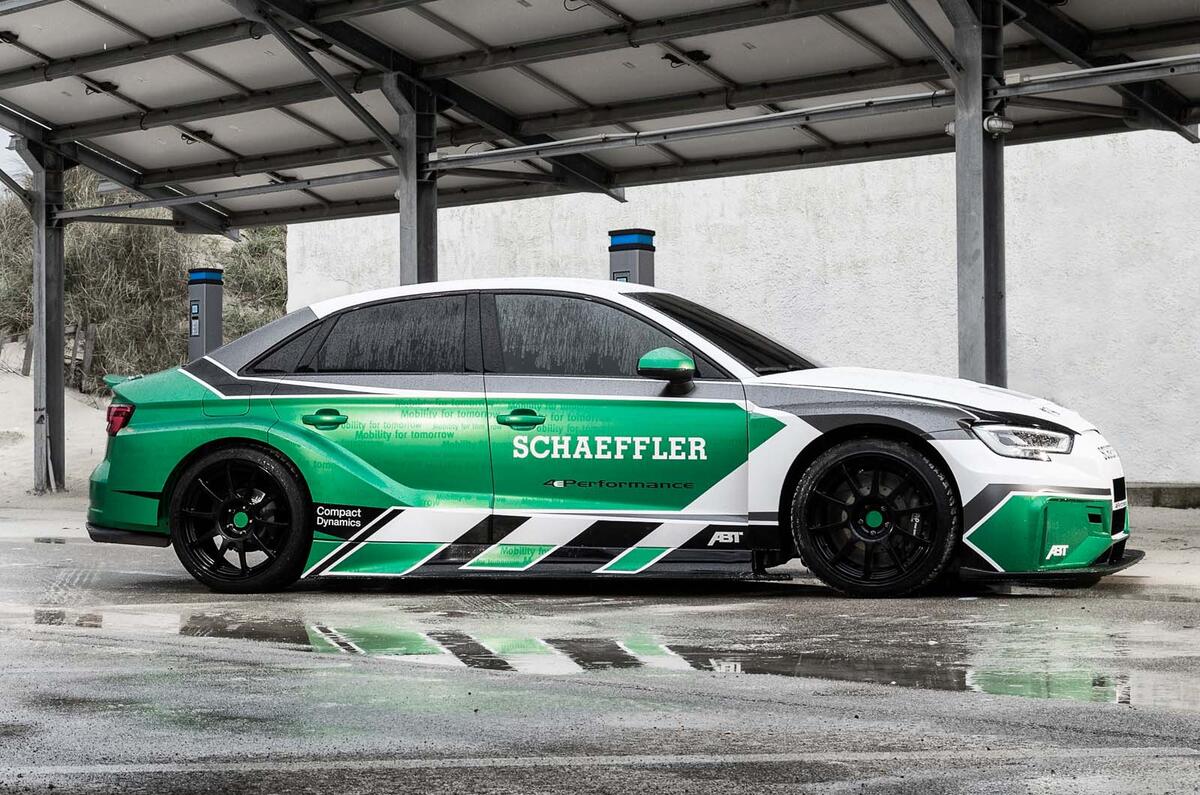

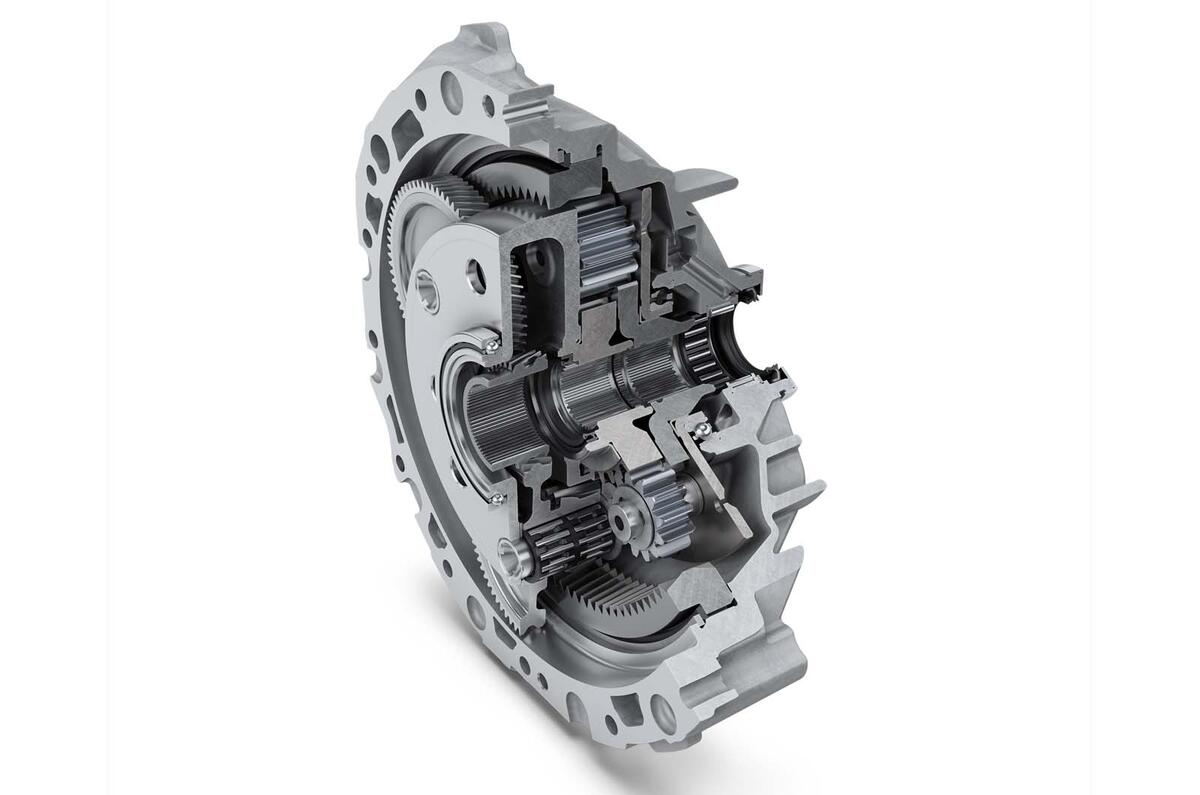
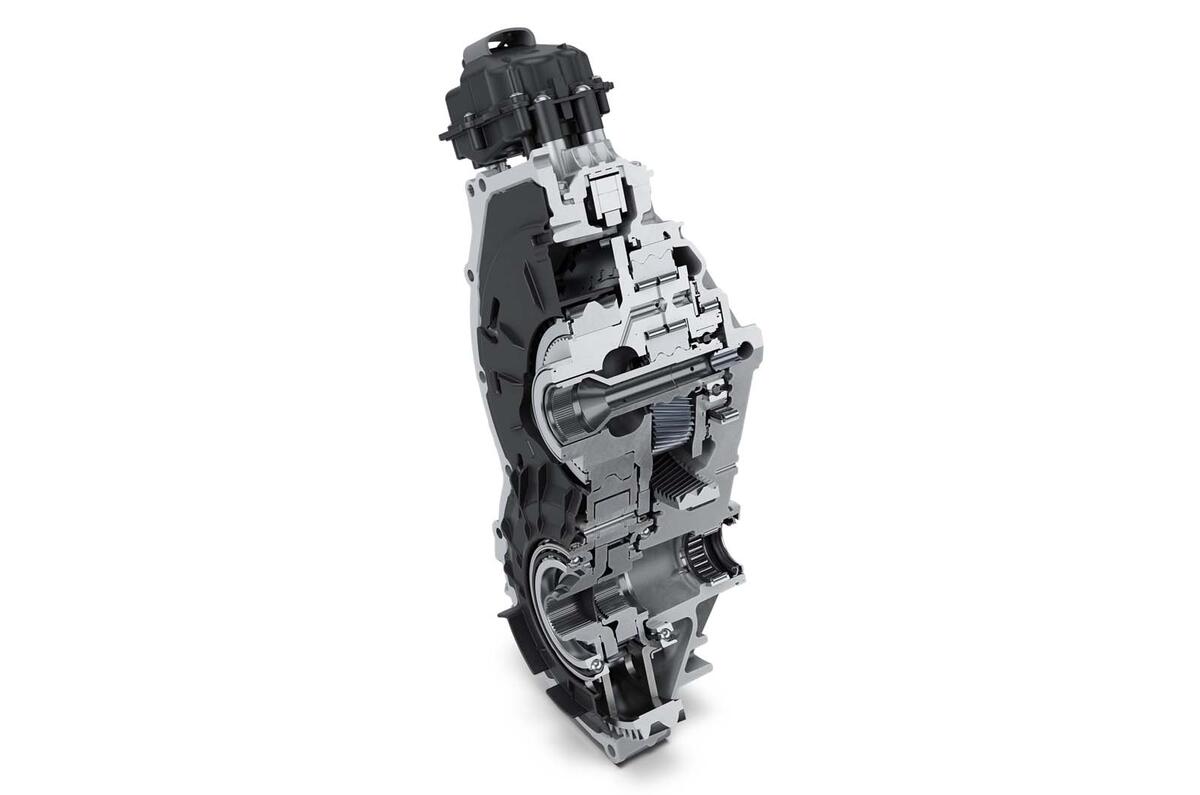
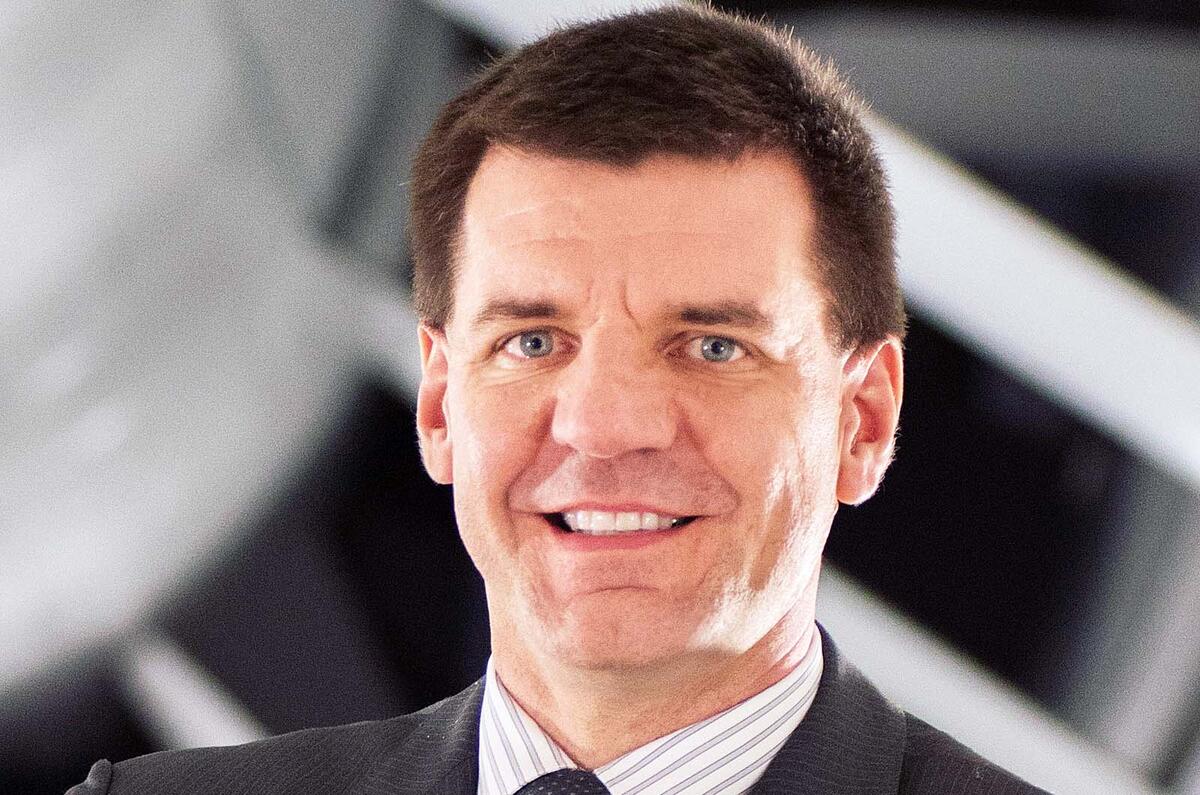
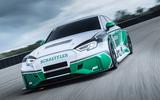

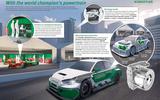
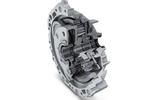
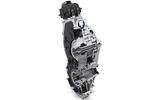





Join the debate
Add your comment
That could end 3 point turns
if they got the speed down a bit :)